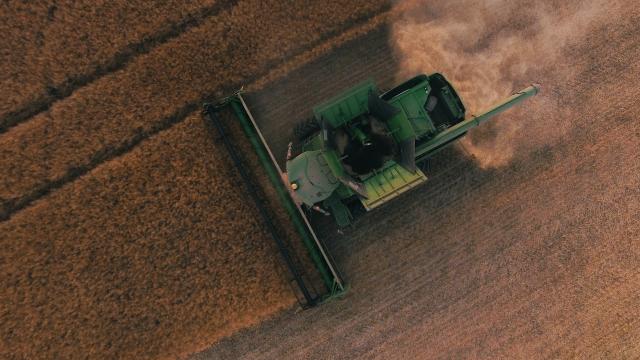In a study of global significance and at a scale never previously undertaken, Phase 2 of the Farming for the Future research program has collected financial, ecological and social data from 130 Australian grazing and cropping enterprises, the preliminary results of which were unveiled at the National Farmers’ Federation & Farming for the Future Natural Capital Summit in Canberra.
Dr Sue Ogilvy, program director, Farming for the Future said the initial research findings demonstrate that it is possible to establish and quantify the relationship between a farm’s natural capital, and its productivity and profitability.
Preliminary results from Farming for the Future Phase 2 research indicate that:
High levels of farm productivity are possible from both intensive livestock enterprises (with low natural capital) and those with higher of natural capital, but high natural capital farms are more profitable in financial terms.
There are different ‘benefit pathways’ through which natural capital can support farm businesses, including via improving productivity, and/or by reducing input costs.
Most of the relationships between natural capital and farm business performance that we observed were positive and linear. This means that most farms in our sample, and similar farms within the broader farming population, could improve their business outcomes by improving their natural capital.
Landholder surveys show that the potential for private financial benefits is the most compelling reason for farmers to invest in natural capital improvements.
Delivering insights into natural capital-farm business relationships across a broader range of focus regions and enterprise types would help to drive large-scale industry adoption of improved natural capital management (plus 38 per cent of farms beyond forecast baseline levels).
Results of analysis show that the relationship between natural capital and farm business performance is, for the most part, a positive one with clear evidence of the ‘opportunity zone’ for all farm metrics tested.








